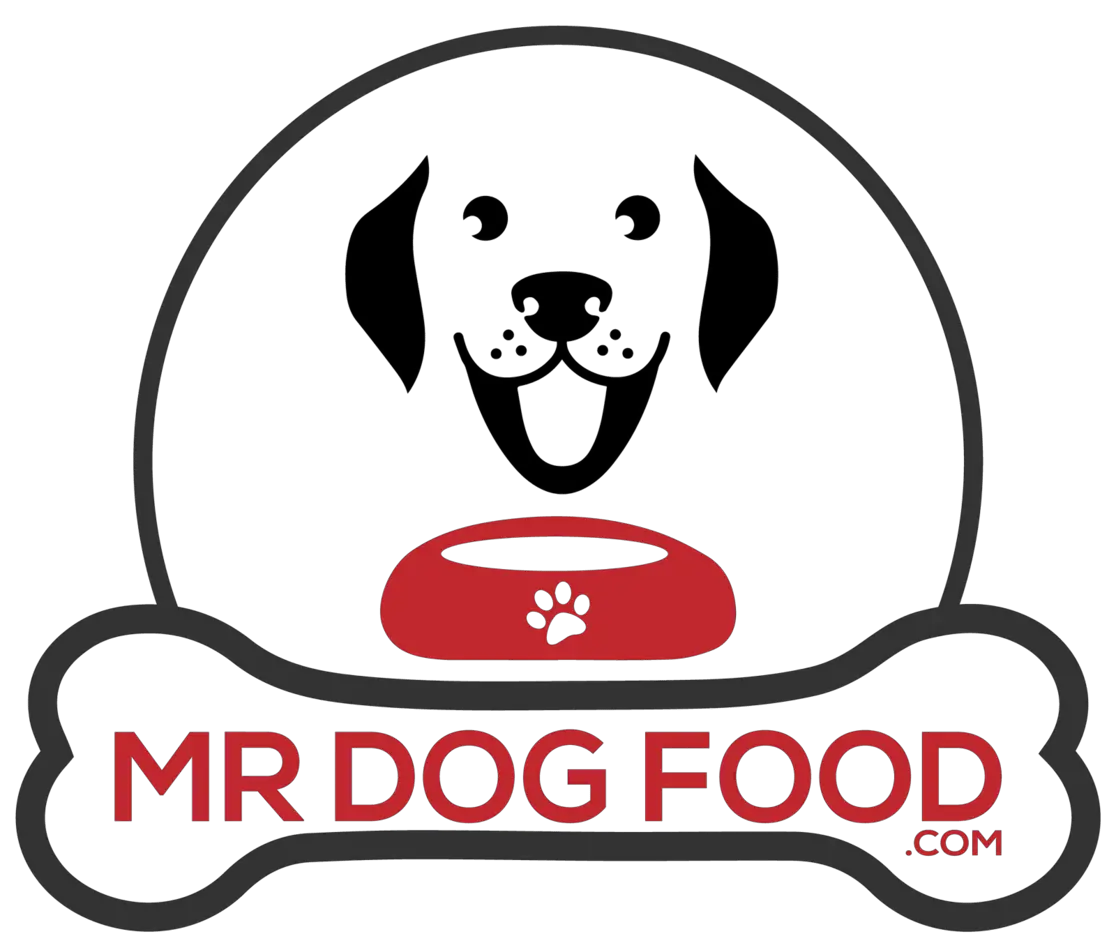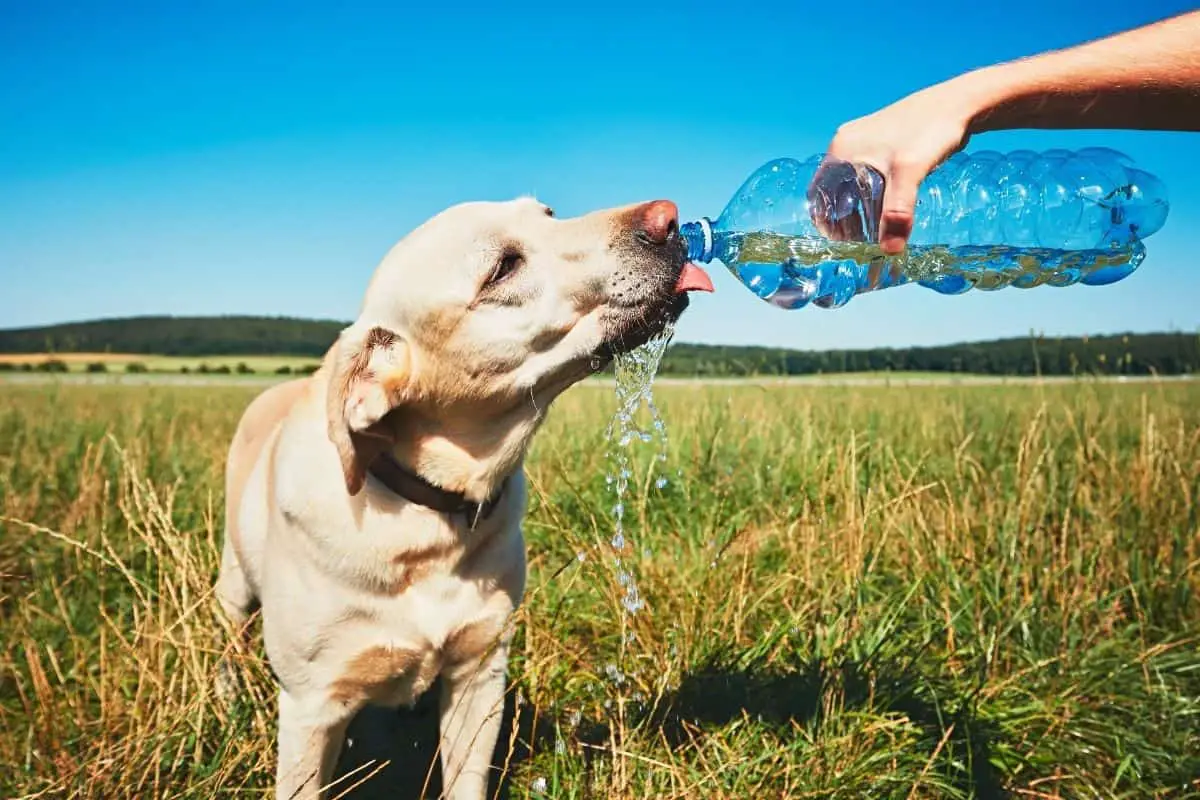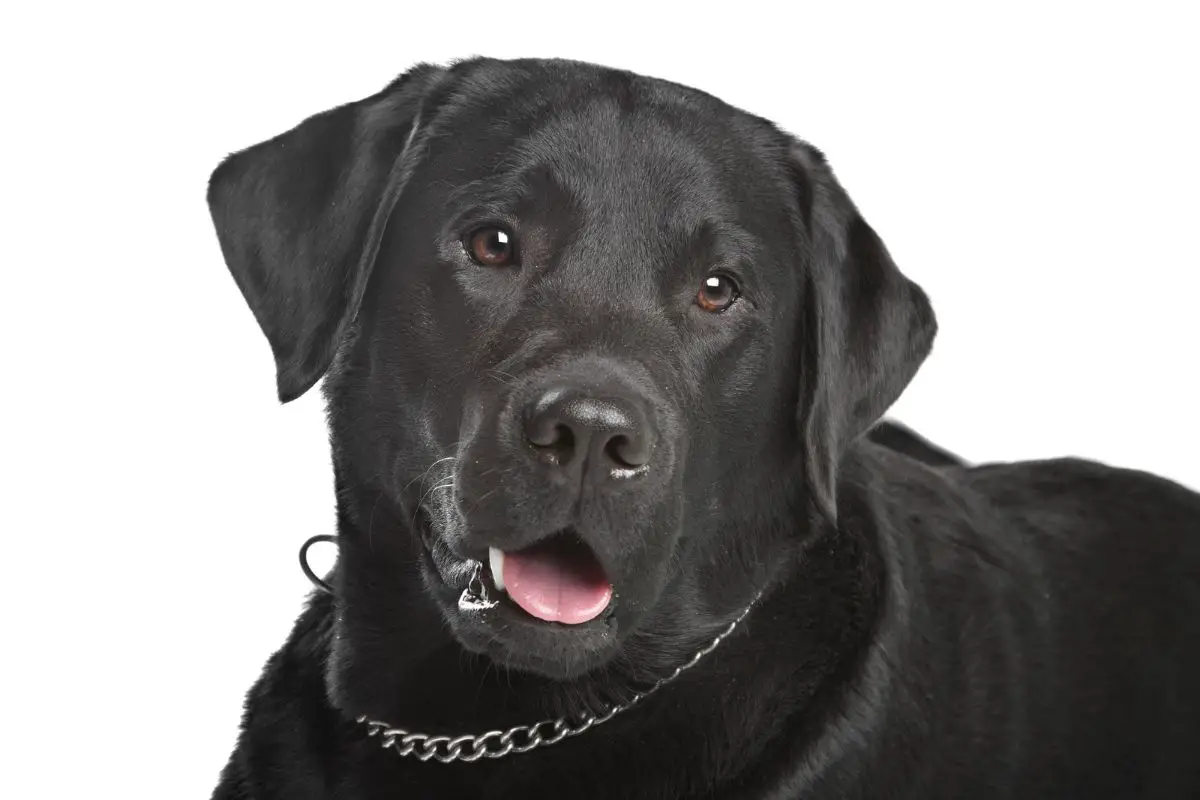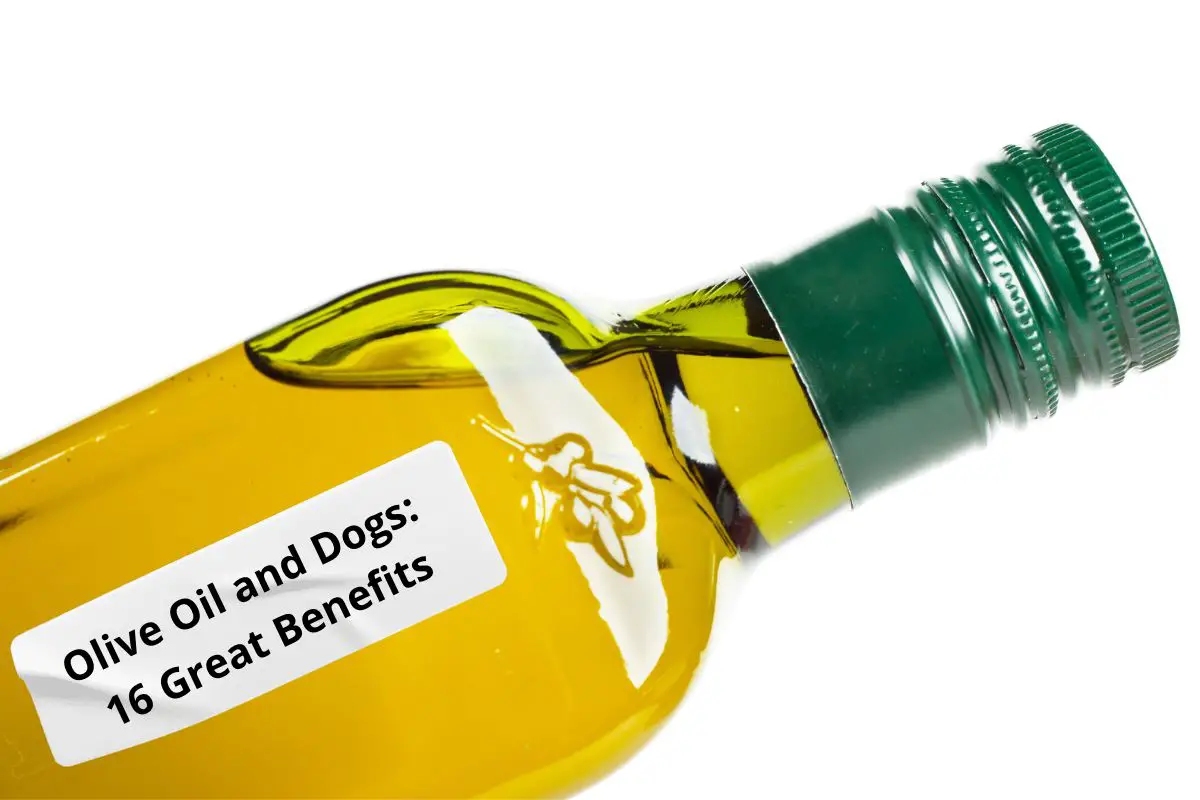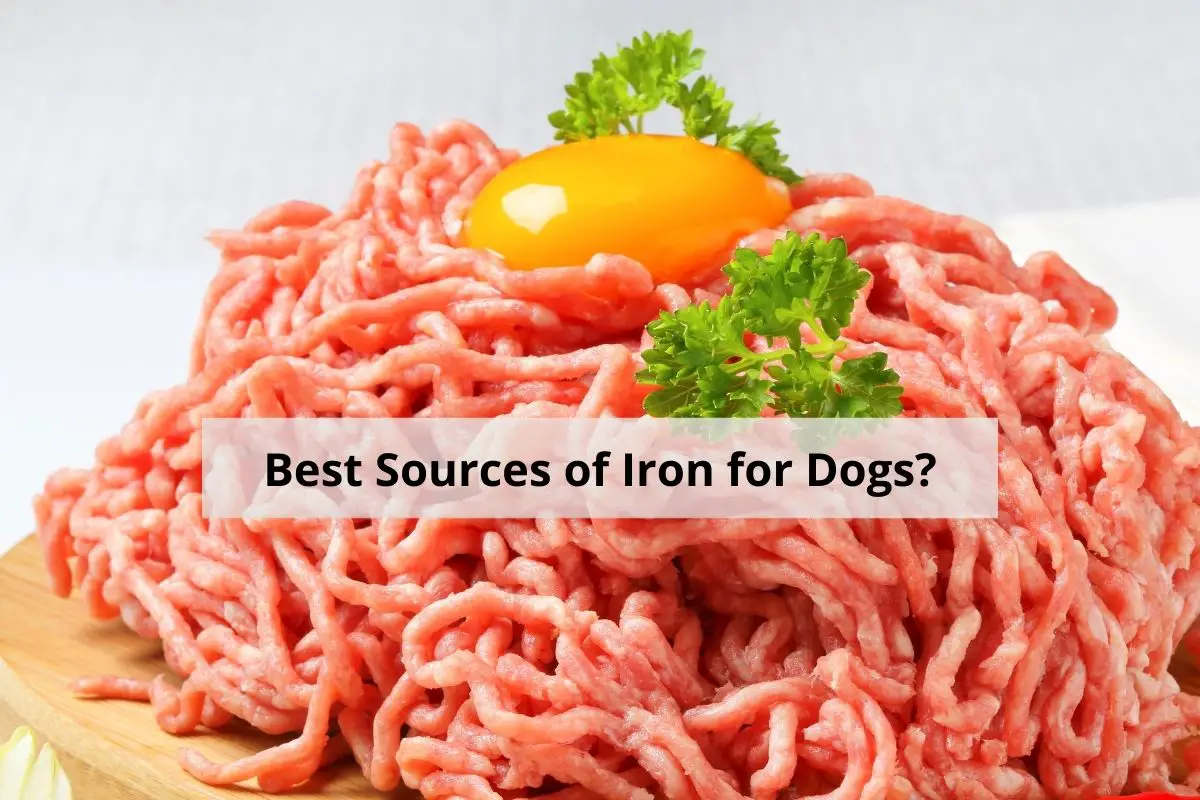This post contains affiliate links.
Water is a critical aspect of your dog’s health, and their access to fresh and clean water throughout the day is just as important as the quality of their food. Unfortunately, some dogs don’t always know when enough is enough. With that in mind, should you be cutting them off at night?
For most dogs, it is perfectly acceptable to limit their water supply one to two hours before bedtime. This will allow them ample time to urinate before bed, reducing the risk of accidents overnight. However, for very active dogs or extreme weather, they may need additional water during the day.
This article will explore the average dog’s water needs and when it is acceptable to limit their access to water. We will also look into some common illnesses that may be presenting as excessive thirst.
Table of Contents
How Much Water Does Your Dog Need?
Like humans, dogs require water to survive. In most cases, they instinctively know how much they need and will drink accordingly. Some dogs can get some of their hydration from their food, meaning dogs on a wet food diet do not require the same amount of water as dogs on a kibble-only diet.
Water is vital to your dog and essential for their bodies to perform even the most basic functions. Such functions include but are not limited to:
- Digestion
- Circulation
- Waste filtration
- Body temperature regulation
Limiting your dog’s access to water could potentially cause dehydration. If your dog becomes dehydrated, they run the risk of suffering from heart or kidney failure. In addition, without adequate water intake, your dog will be unable to flush toxins from the body, causing severe organ issues.
When considering how much your specific dog needs per day, there are a few factors to keep in mind:
- Age
- Weight
- Size
- Breed
- Activity level
- Diet
- Weather
It is generally accepted that an adult dog requires one ounce of water per pound of weight. By that logic, a ten-pound (4.5 kg) dog needs around ten fluid ounces (295.7 ml), and a 50-pound (22.7 kg) dog needs 50 fluid ounces (1478.6 ml) of water. To put that into context, one cup of water is eight fluid ounces (236.59ml), and the average plastic water bottle holds just over two cups.
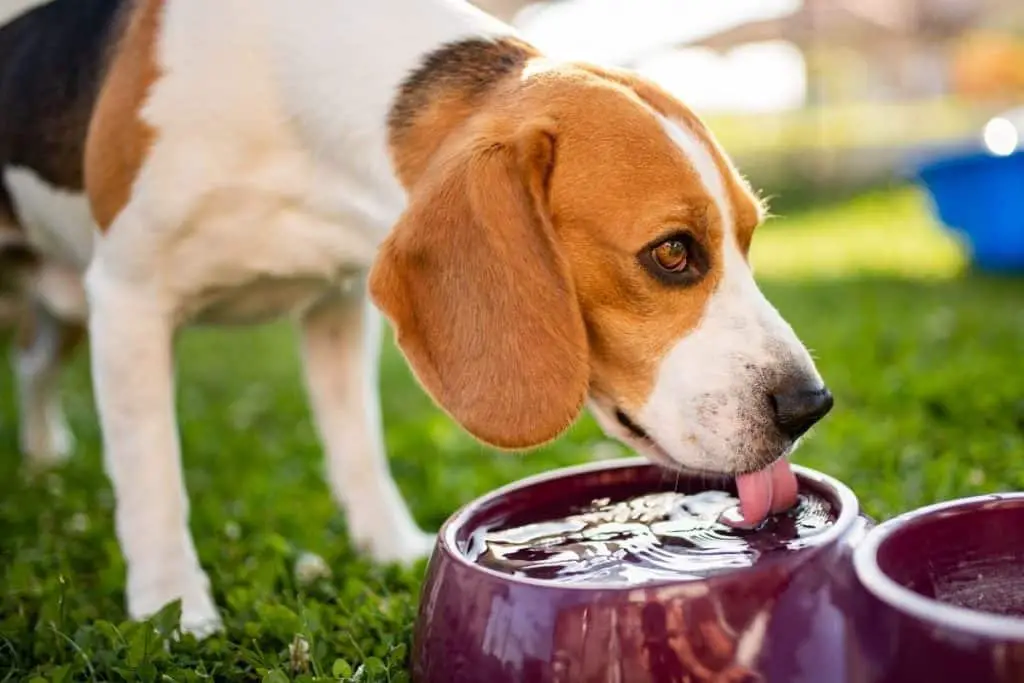
However, this number will change a great deal when you take their diet into account, and also the weather. Most dogs will require up to and over twice as much water on hot days to stay properly hydrated. Similarly, if you have a very active dog, they will likely need much more water than others, even in the colder months.
The table below shows how your dog’s water intake can change depending on their food type and activity level. For this case, a medium-sized dog is around 44.1 pounds (20 kg), and a large dog is approximately 88.2 pounds (40 kg). The numbers provided are for warmer weather over 20°C/68°F.
|
Dog Size |
Dry Food |
Wet Food |
|
Medium Active |
Up to 3Lt (101.4oz) |
Up to 2Lt (67.6oz) |
|
Medium Normal |
1-2Lt (33.8-67.6oz) |
400ml-1Lt (13.5-33.8oz) |
|
Large Active |
Up to 6Lt (202.9oz) |
Up to 4Lt (135.3oz) |
|
Large Normal |
2-4Lt (67.6-135.3oz) |
800ml-2Lt (27.1-67.6oz) |
As you can see, a dog on a wet food diet needs much less water on a daily basis than a dog eating kibble only. This is due to the added moisture within the food when compared to dry kibble. An easy way to increase your dog’s water intake is to add water to their kibble.
Also noted in the table above is the difference between active dogs and sedentary dogs. For example, a fully-grown, male English bulldog can weigh up to and over 50 pounds (22.7 kg) but are typically not the most active of dogs. In contrast, a male Siberian Husky can weigh between 45-60 pounds (20-27 kg) and are bred as working dogs. Though these two breeds are of similar weight, the bulldog will likely not need the same amount of water as the husky.
How Much Water Should Your Puppy Drink?
Much like your adult dog, puppies have some basic guidelines for their water intake based upon their size. Puppies generally require 2-3 fluid ounces (60-90 ml) of water per 35.3 ounces (1 kg) of weight. In context, a small 10 pound (4.5 kg) puppy will need anywhere between 8-16 fluid ounces (236.6-473.2 ml) of water per day.
As with adult dogs, this will alter significantly depending on your puppy’s activity levels, the type of food they’re eating, and the weather. You may also notice that puppies require almost as much as an adult dog, which is very common due to their higher activity levels.
If you notice that your puppy is drinking lots of water, remember that as the owner, you should be not only observing their intake but also controlling it. Many puppies with an unlimited supply of water will drink until it is no longer available. As curious and active creatures, they will enjoy the flavor, texture, and feel of the water. In this instance, it is acceptable to limit your puppy to water during mealtimes and during and after play or walks.
However, this should not be such a strict rule, and it is advised to reintroduce free-watering to your puppy slowly to avoid any obsessive behaviors. If you still see your puppy drinking in excess, consult with your vet for advice.
Medical Conditions Connected to Increased Thirst in Dogs
As a dog owner, you should continuously be monitoring your dog’s water and food intake. Not only is this vital to their health, but it is also crucial for understanding any underlying health conditions. For example, if your dog is no longer finishing its food, there may be a problem that needs to be addressed, such as tooth or gum disease.
In terms of water, continually observe how much your dog is drinking to know early if they are drinking too much or not enough. Using the above guide of one ounce of water per pound of weight, you can establish a general guideline on how much your dog will need. Using common sense, you can adjust that number depending on their activity level and the temperature outside.
If you notice that your dog is drinking a lot more than usual, it could be a sign of a more serious issue.
Dehydration
Dehydration can occur for several reasons, such as excessive play, extreme weather, illness, or infections. When your dog is dehydrated, they will likely seek out more water than usual if they are able to. In some severe cases, your dog may not be able to drink, in which case you should contact your vet and take steps to encourage your dog to drink.
Though water is essential when your dog is dehydrated, please do not allow them to drink too much too fast. This can cause vomiting, which will further their dehydrated state.
Dehydration, if not addressed early, can be fatal to your dog. Along with monitoring how much your dog is drinking, also watch your dog for signs of dehydration. These include but are not limited to:
- Lethargy
- Dry gums
- Weakness
- Sunken eyes
- Loss of elasticity in the skin
Lethargy is easy to note in more active dogs but will typically present as a lack of activity and excitement, even when faced with treats or toys. You can check your dog’s gums by gently pressing with your finger. A dehydrated dog’s gums will feel dry and sticky. To test their skin’s elasticity, gently pull the skin at the back of their neck. A healthy dog’s coat will spring back when you let go.
How To Treat Dehydration
Treating dehydration early is essential, but it is best practice to consult with your vet if you see one or more of the symptoms above. In some extreme cases, your dog will need to be put on an IV to help rehydrate.
Some at-home treatments for dehydration include:
- Clean their water bowl.
- Add water to their dry food.
- Try wet food.
- Use flavored water, such as diluted sodium-free broth.
- Use ice cubes or frozen broth cubes as treats.
Cushing’s Syndrome in Dogs
Cushing’s syndrome occurs when your dog produces too much cortisol. This hormone is essential for controlling your dog’s weight, fighting infections, keeping their blood sugar even, and in how they respond to stress. Too much of this chemical can seriously affect your pet’s health.
Though uncommon in younger dogs, there are some signs to look out for:
- Unusual levels of hunger
- Excessive thirst
- Increased urination, including accidents in the house
- Hair/fur loss
- Bloating in the belly
- Lethargy
- Increased panting
- Skin infections
Unfortunately, Cushing’s syndrome is not easy to diagnose. With that in mind, keep a close eye on your dog and note down any symptoms you notice, providing the information to your vet so they can properly assess any issues.
How To Treat Cushing’s
Diagnosing your dog is critical, even though it is not 100% accurate. Two common types of Cushing’s will affect dogs:
- Pituitary is the most common and affects 80-90% of animals with Cushing’s. In this case, there is a tumor in the pituitary gland near the base of the brain.
- Adrenal will only affect 15% of dogs with Cushing’s. The tumor, in this case, is found in the adrenal gland near the kidneys.
Using a series of tests, your vet should be able to diagnose and hopefully treat this illness by removing the tumor. If removal is not an option, drugs have been proven to be an effective treatment, and many dogs go on to live happy and healthy lives.
Diabetes
Diabetes is an illness common among dogs and humans that cannot be cured. Diabetes mellitus (also known as sugar diabetes) is the kind from which most dogs will suffer. This metabolism disorder will directly affect how your dog converts its food into energy. Though there is no cure, there are ways to manage the illness.
As with most illnesses, early detection is vital to your dog’s health. Some early symptoms may include:
- Increased urination
- Weight loss
- Unusual levels of hunger
- Excessive thirst
Though each of these is not a definitive sign of diabetes, always note unusual symptoms in your dog and follow up with your vet if the behavior continues. Some more advanced warning signs of diabetes in dogs include:
- Lack of appetite
- Lethargy
- Depression
- Vomiting
How To Treat Diabetes
If left untreated, your dog may begin to experience cataracts, urinary tract infections, and seizures. Untreated diabetes can also cause the liver to become enlarged and kidney failure.
The good news is that diabetes is just as treatable in dogs as it is in humans. The key is quick discovery and action. Treatment will likely include:
- Change in your dog’s diet. Your vet will recommend specific food, such as good quality, high protein food with complex carbohydrates to encourage slower glucose absorption.
- Begin a moderate and consistent exercise routine. Your dog should not be overworking to avoid spikes in their glucose levels, but the routine will maintain their overall health.
- Injection of insulin will need to be incorporated into daily life. Injections need to be given under the skin, and your vet will teach you how to do it properly.
Diarrhea
Diarrhea is not uncommon in dogs and may be brought on by a change in diet or intolerance to certain foods. When your dog has diarrhea, they cannot absorb water from their food and quickly become dehydrated. In this case, you should give your dog ample access to fresh water at all times to encourage hydration.
Some common causes of diarrhea include:
- Eating foreign or spoilt foods
- A sudden change in diet
- Food intolerance
- Parasites such as Giardia
- Ingesting poisonous plants
- Bacterial infections such as salmonella
- Stress
How To Treat Diarrhea
As a dog owner, you should constantly be monitoring your dog’s excrement for signs of illness. From the shape, smell, and color, you can often tell if your dog is unwell. For example, white spots in their excrement could be a sign of tapeworm.
Luckily, most dogs’ diarrhea is brought on by minor infections or ingesting foreign foods, and it is possible to treat these at home. However, if the issues persist for longer than a couple of days, seek the advice of your vet.
To treat dog diarrhea at home:
- Try rice water to improve hydration.
- Feed plain white rice.
- Give small amounts of plain yogurt to improve gut health.
- Feed plain chicken and potatoes.
- Try medicinal remedies found in pet stores.
When Should You Be Limiting Your Dog’s Access to Water?
If you are sure that your dog is healthy and that its drinking habits are normal, it is generally accepted that all grown dogs should be provided with almost constant access to water. With their self-regulating abilities, a dog will rarely overhydrate. A good rule to follow is to refill their bowl with fresh water twice per day and clean the bowl daily. However, every dog is different, and larger dogs may need more than two bowls in a day.
With proper training, even puppies should be able to go through the night without needing a bathroom break. Though puppies need more water than most adult dogs, it is recommended to limit their water allowance approximately two hours before bedtime. This will give them time to play and eliminate and should prevent overnight accidents. You will likely need to let them out at least once overnight before they are appropriately housetrained in younger puppies.
For adult dogs, it is typically expected that they can go as long as eight hours without needing a bathroom break, though that may also depend on their size. A bathroom break before bedtime should be sufficient and prevent the need for nighttime eliminations. However, if you notice your dog cannot wait until morning, try limiting their water access two hours before bedtime.
How To Limit Your Dog’s Water Intake
When it comes to limiting your dog’s water intake, it is essential to do so safely that will not foster future issues, such as obsessive behavior around water which may lead to overhydrating.
Though some trainers will suggest limiting your dog’s water intake as part of their house training, this is not recommended by vets. Puppies are especially prone to rapid dehydration, and though you may be following the recommended guidelines, each puppy is different. Where one may follow the rules, another may need extra water to stay healthy.
As expected, the more your dog drinks, the more they will need to urinate. For puppies learning to be housetrained, some trainers may encourage reducing their water intake to control their elimination needs. However, this can cause dehydration, urinary tract infections, water obsessive tendencies, and kidney stones.
In terms of water obsessive behavior, by reducing their access to fresh water, your puppy will be thirsty more often, which can cause them to resource guard over their water bowl. In the same way dogs may become aggressive when feeding due to lack of adequate food, your puppy may react the same way with their water bowl. It may also lead to your puppy seeking hydration in unsafe areas, such as a chemical-filled pool or dirty puddle.
To safely reduce your dog’s water intake:
- Always provide your dog with fresh water first thing in the morning.
- Allow access to water when feeding, even with wet food.
- Provide fresh water after playtime and walks.
- Take the weather into account and refill water bowls more frequently on hot days.
- Allow access to water up to two hours before bedtime and do not engage in vigorous play or long walks during those two hours.
Another method to try is to use a water pitcher, filling it with the recommended amount of water per day for your dog’s size. Filling your dog’s water dish from this pitcher will allow you to better monitor how much they are drinking. If you notice that your dog is running out quickly, you can take the appropriate steps to check their wellbeing. Also, please keep in mind days when your dog has had extra long walks or when the weather is extremely hot, they will need extra.
Signs Your Dog May Be Overhydrated
In some rare cases, your dog may not be able to regulate its own need for hydration. Such instances will result in excessive drinking, sometimes to the point of illness. Though water is necessary for their bodily functions and to aid in temperature regulation, overhydrating can be just as deadly as severe dehydration.
When your dog is allowed to consume too much water, they may experience electrolyte imbalances, bloating, and run the risk of hyponatremia (water toxicity). Water toxicity can occur in humans and their dogs, causing sodium in the body to dilute. Low sodium leads to swelling cells, such as those in the central nervous system. This can be deadly in dogs, and it is vital to know the sign of hyponatremia:
- Confusion and loss of balance
- Seizures
- Difficulty breathing
- Bloating
- Glassy eyes
- Vomiting
- Lethargy
- An excess of saliva
Hyponatremia can occur not only from drinking too much but also from extended play in the water. As your dog swims and runs around, it can ingest large amounts of water, and it is essential to have them take frequent breaks before continuing play.
Final Thoughts
Most dogs know how much water they need to stay adequately hydrated, and there is no need to limit their water intake throughout the day. However, to avoid the need for bathroom breaks during the night, it is acceptable to restrict access to water two hours before bedtime. Avoid long walks or unnecessary excitement during this time, and always keep in mind that your dog needs more water in the warmer months.
Related Articles
- Can Dogs Drink Sparkling Water? (Is It Safe?)
- What Can Dogs Drink Besides Water? (We Ask the Experts)
- Considering Forcing a Dog To Drink Water? (Read This First)
- Can a Dog Go 8 Hours Without Water?
- Can Dogs Drink Coconut Water? Let’s Find Out!
- Can Dogs Drink Distilled Water? Let’s Find Out
- How Long Can Dogs Go Without Water? (We Ask the Experts)
- My Dog Drank Pool Water: Here’s What To Do About It
Sources
- Pawlicy: English Bulldog
- American Kennel Club: Breed Weight Chart
- Tractive: Your dog won’t drink water? Top 5 reasons why & what you can do
- Vets Now: Dehydration in Dogs
- PetMD: Cushing’s
- American Kennel Club: Diabetes in Dogs
- American Kennel Club: Dog Diarrhea
Mrdogfood.com is a participant in the Amazon Services LLC Associates Program, an affiliate advertising program designed to provide a means for sites to earn advertising fees by advertising and linking to Amazon.com. We also participate in other affiliate programs which compensate us for referring traffic.
